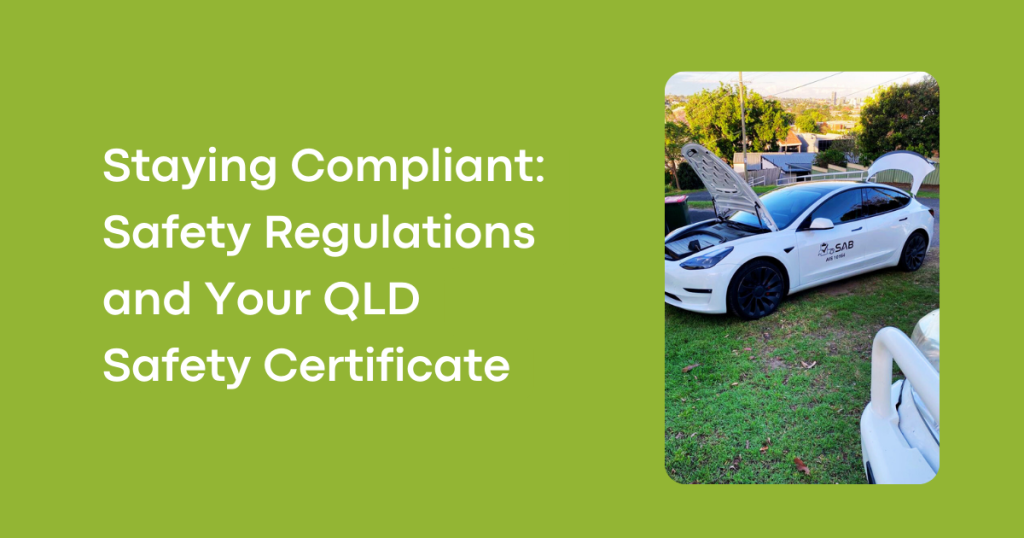Safety regulations and compliance are pivotal components of ensuring a secure and risk-free environment in Queensland, Australia. When it comes to vehicles, the QLD Safety Certificate, often referred to as a roadworthy certificate, plays a vital role in demonstrating standards compliance. In this comprehensive article, we will explore the intricate world of safety regulations, their importance, and how they intersect with the QLD Safety Certificate.
Navigating the Landscape of Safety Standards Compliance
Safety standards compliance is not a solitary endeavor but an integral part of the broader regulatory compliance landscape. In Queensland, adhering to safety regulations is not just a legal requirement; it is a commitment to ensuring the well-being of all road users.
The Significance of Compliance
Regulatory Compliance Across Industries
Compliance extends beyond the realm of road safety. Various industries, including information security, have their own sets of regulations and standards. ISO and NIST are well-known frameworks that companies often use to ensure information security compliance. Compliance with these frameworks is critical to protecting sensitive data and mitigating risks.
Workplace Safety
In addition to road safety, compliance also extends to workplace safety regulations. Companies are obliged to adhere to safety standards to create a secure environment for employees. Failure to do so can result in fines, legal issues, and, most importantly, compromised employee well-being.
Understanding the QLD Safety Certificate
What is a QLD Safety Certificate?
The QLD Safety Certificate is a document that verifies a vehicle’s compliance with safety standards outlined by the Queensland government. This certificate is essential in various scenarios, such as selling a vehicle, transferring ownership, or re-registering a vehicle.
Role in Safety Standards Compliance
- Ensuring Vehicle Safety: The primary role of the QLD Safety Certificate is to ensure that vehicles on Queensland roads meet specific safety standards. These standards encompass various aspects, including brakes, lights, tires, and structural integrity.
- Risk Mitigation: Compliance with safety standards significantly reduces the risk of accidents caused by vehicle malfunctions. Vehicles that have undergone inspection and meet the required safety criteria are less likely to pose hazards on the road.
- Regulated Inspection Process: To obtain a QLD Safety Certificate, vehicle owners must take their vehicles to approved inspection stations. Trained inspectors thoroughly assess the vehicle’s components to determine compliance. Any identified issues must be resolved before certification can be granted.
Challenges and Continuous Improvement
Emerging Standards
The world of safety regulations is ever-evolving. As technology advances, new safety standards are introduced to address emerging risks and challenges. Staying updated with these standards is crucial for both individuals and companies to ensure ongoing compliance.
Compliance Across the Board
Efforts to maintain compliance should extend across industries, from road safety to information security. Establishing a culture of compliance within companies and organizations is vital to addressing regulatory challenges effectively.
Conclusion
Compliance with safety regulations and standards is a shared responsibility, encompassing a broad spectrum of industries and activities. In Queensland, the QLD Safety Certificate is a tangible representation of a commitment to safety standards compliance on the road. Beyond that, it reflects the broader ethos of adherence to regulations and standards in various domains, including workplace safety and information security. As we navigate the intricate landscape of compliance, let us remain vigilant, adapt to emerging standards, and collectively work towards creating a safer and more secure environment for everyone.
